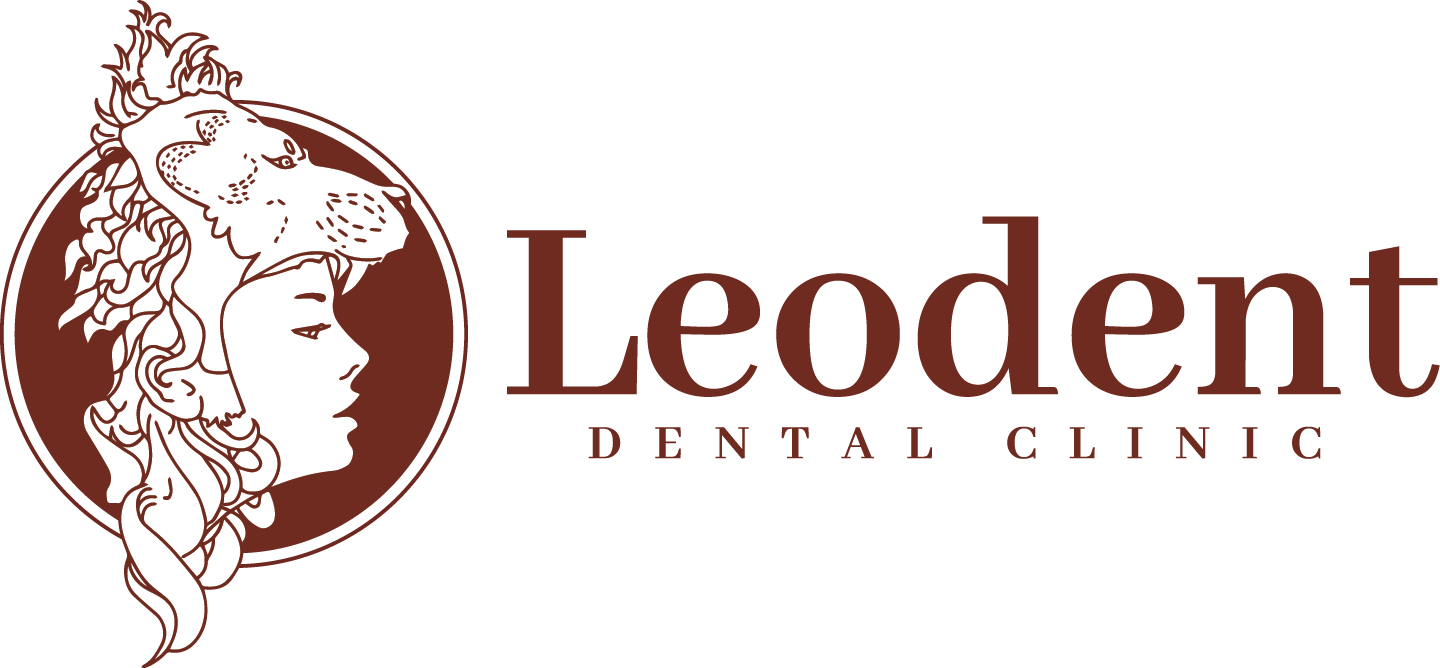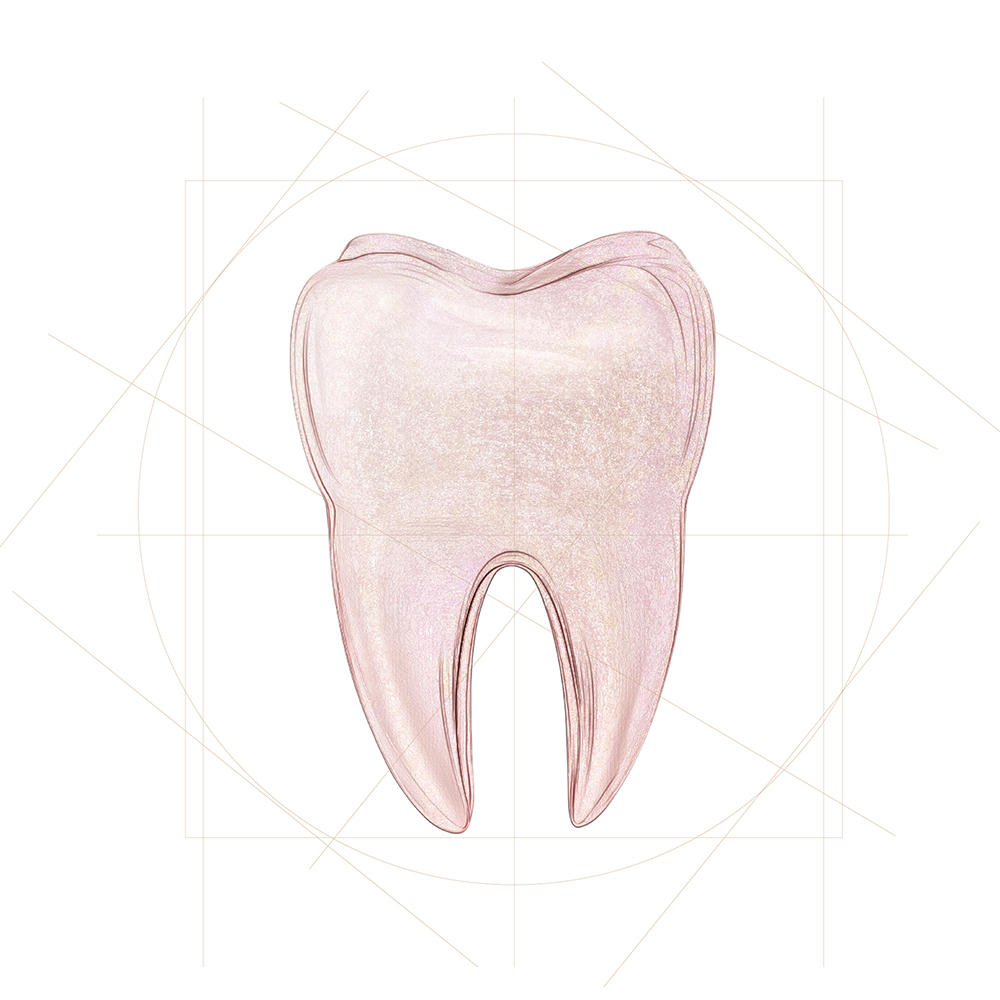Dental Treatments: Basic Information to Protect Your Oral Health
Dental health is an integral part of our overall body health. Problems arising in the mouth and teeth not only create aesthetic concerns, but can also have significant effects on chewing functions, speech and even the digestive system. Therefore, early diagnosis and appropriate treatment of dental problems is a critical step that directly affects our quality of life.
Modern dentistry today offers a wide range of treatments for individual needs. Here is some basic information about the most common dental treatments:
Dental Filling
Why is it Applied? It is used to repair the loss of material caused by tooth decay or traumatic damage.
How is it Performed? Decayed or damaged tissue is removed from the tooth and the cavity is filled with special filling materials. Today, composite (white) fillings are frequently preferred due to aesthetic concerns.
Root Canal Treatment
Why is it Applied? It is necessary in case of inflammation or necrosis (tissue death) of the nerve and vascular tissue (pulp) in the inner part of the tooth. It is usually characterised by severe pain, hot/cold sensitivity or signs of infection.
How is it Performed? Inflamed or dead pulp tissue inside the tooth is removed, the root canals are shaped and sealed with a special filling material. After treatment, a crown can usually be applied to protect the integrity of the tooth.
Tooth Whitening
Why is it Preffered? It is applied to aesthetically eliminate colour changes such as darkening or yellowing of the teeth over time.
How is it Performed? It can be performed in a clinical environment under the control of a dentist, using special whitening gels, or it can be performed with home application kits recommended by the dentist.
Tooth Extraction
When may it be needed? It is a method applied for teeth that are irreversibly damaged, cannot be treated or have to be extracted due to reasons such as lack of space in the mouth. Especially impacted wisdom teeth frequently fall into this category.
How is it Performed? It is performed under local anaesthesia with minimal trauma to the surrounding tissues. In some cases, surgical intervention may also be required.
Orthodontic Treatment
Why is it Applied? It is performed for the correct positioning of teeth and jaws in cases such as crowding of teeth, gaps, incompatibilities between jaws or bite disorders.
How is it done? Traditional metal brackets and wires can be used, as well as transparent aligners, which are a more aesthetic alternative today. The duration of treatment varies according to the individual’s oral structure and the severity of the disorder.
Implant Treatment
When should it be considered? In cases where one or more teeth are missing, it is a long-lasting solution that provides the closest function and aesthetics to natural teeth.
How is it done? It starts with the placement of biocompatible titanium screws in the jawbone. After these screws are fused with the jawbone, prosthetic teeth made of materials such as porcelain or zirconium are placed on them.
Gum Treatments (Periodontal Treatments)
Why is it Applied? It covers the treatment of gum diseases (gingivitis, periodontitis) that manifest themselves with symptoms such as bleeding gums, swelling, redness, gingival recession or bad breath.
How is it done? The first stage of treatment usually involves professional scaling and root surface smoothing (curettage). In advanced cases, surgical interventions may also be required to restore the health of the gums and bone tissue.
When Should You Consult a Dentist?
If you experience any of the following symptoms, it is important to schedule a dental examination:
- Persistent toothache or sensitivity
- Hypersensitivity to cold or hot foods
- Bleeding or receding gums
- Discolouration or loose teeth
- Bad odour or persistent change in taste in the mouth
- Discomfort when eating or talking
Remember that regular dental check-ups allow potential problems to be diagnosed at an early stage and treated with simpler, preventive methods. Investing in your oral and dental health is one of the most important steps in protecting your overall health in the long term.


